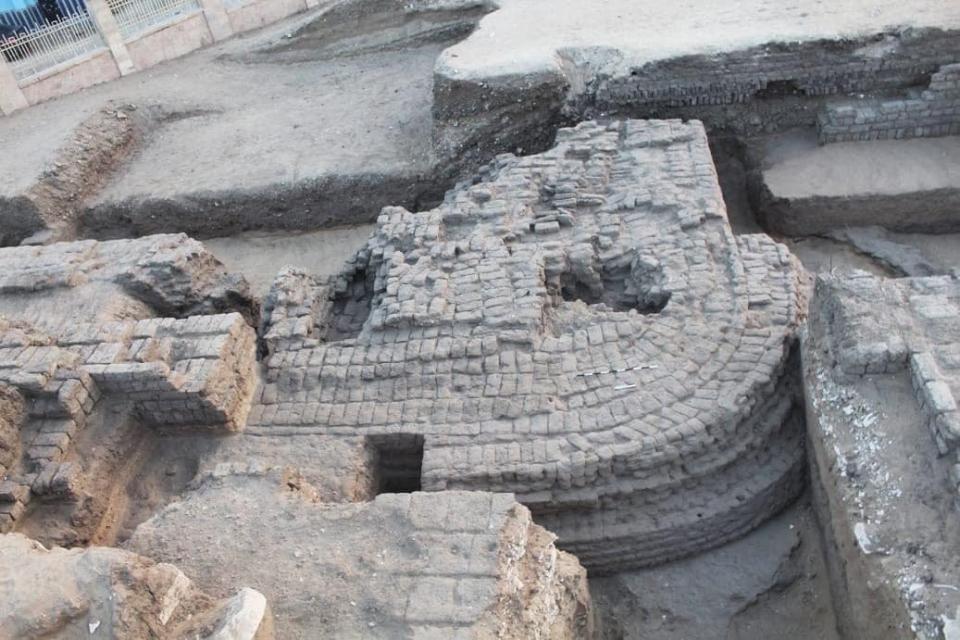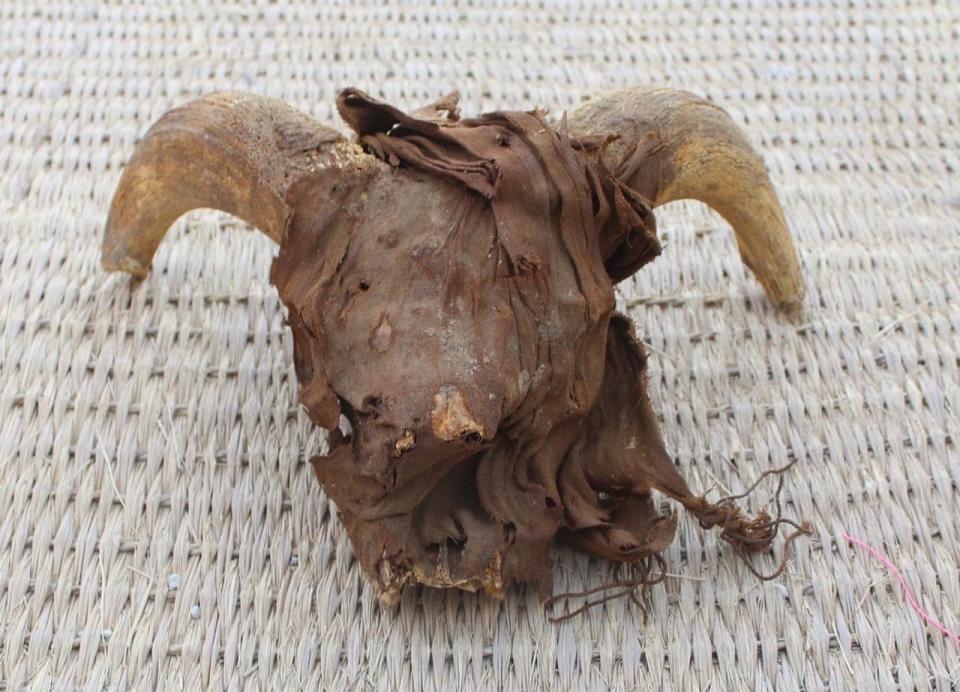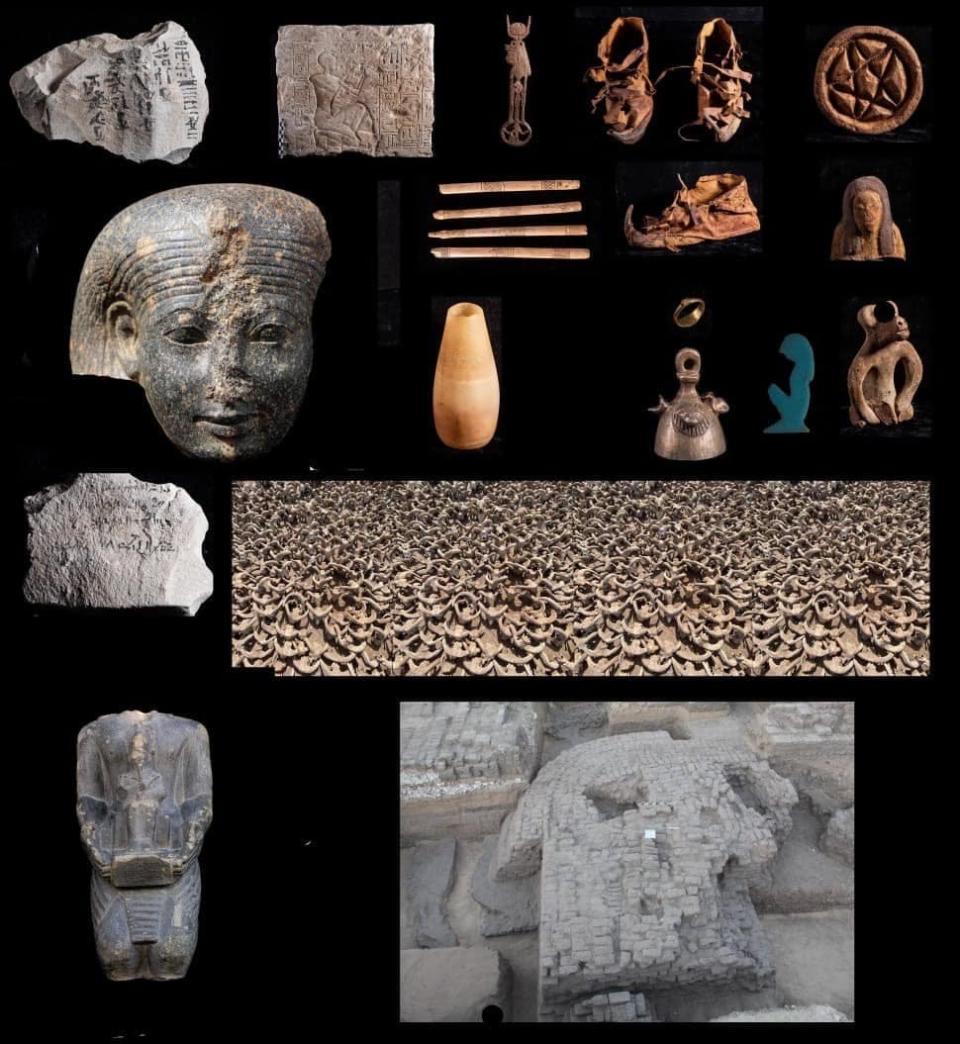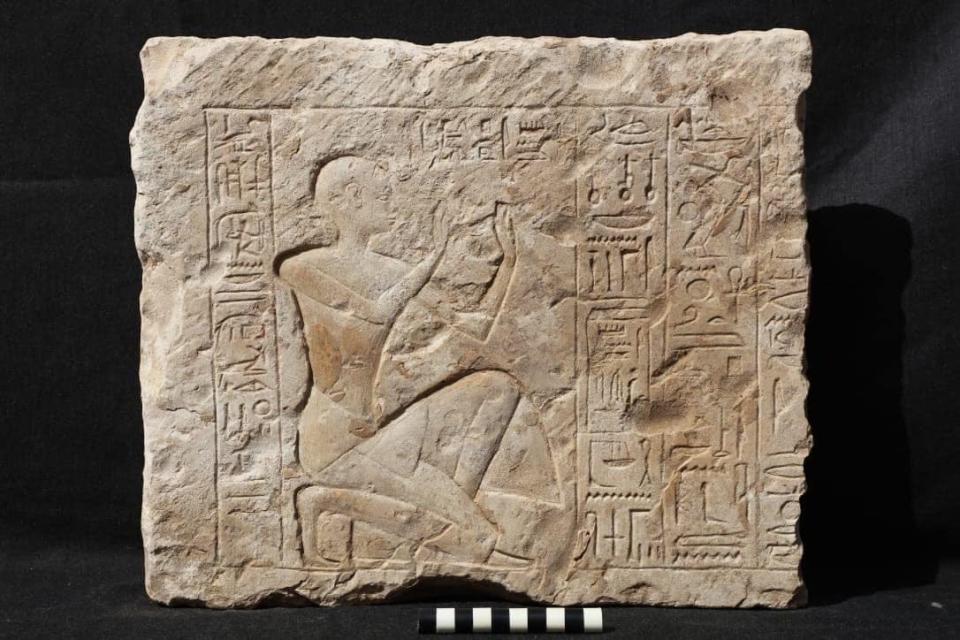2,000 ram skulls found in ancient pharaoh's temple in one of Egypt's oldest cities
More than 2,000 decomposed ram skulls unearthed in a newly discovered warehouse in the temple of the ancient pharaoh Ramses II will help archeologists uncover more details about one of the oldest Egyptian cities and its leader.
In an announcement Saturday, Egypt’s Ministry of Tourism and Antiquities said a mission led by the New York University’s Institute for the Study of the Ancient World discovered the skulls while excavating near the northern precinct of the temple in Abydos, about 270 miles south of Cairo.
The sacred city of Abydos is one of the oldest and most important sites of ancient Egypt, according to the World Monuments Fund, which works to conserve key structures in partnership with the Egyptian antiquities ministry and the American Research Center in Egypt.


"With its valuable inscriptions and numerous funerary monuments, Abydos has perhaps contributed more than any other site in Egypt to our present understanding of the history of state formation, linguistic development, and architecture in Ancient Egypt," the World Monuments Fund said.
The large number of embellished rams, among other discoveries, could provide insight into the life and history of this ancient temple, which was first discovered more than 150 years ago, according to the statement.
Archeologists found the remains of a number of animals, including goats, dogs, cows, deer and an ostrich, perched beside the rams’ heads, according to the statement.
Dr. Sameh Iskander, head of the mission, told CBS News that rams' heads were "obviously offerings that were made to the temple of Ramses during the Ptolemaic period, which shows even 1,000 years after Ramses II, that he was still revered."
Some of the heads were still mummified, while "others could have been mummified, but the wrappings or the covers of mummifications were not there anymore," Iskander told CBS.
The team also found parts of statues, hills, remains of ancient trees, clothing and leather shoes.


Rams were known to be worshiped at an “unprecedented level” in Abydus during Ramses II’s ruling, but the discovery suggests the animals remained significant because skulls were left there a millennium after the pharaoh's rule, the statement said.
The architecture of the newly discovered building is “distinctive and unique” and will contribute to researchers’ understanding of the city, the statement said.
Who was Ramses II?
According to the Rosicrucian Egyptian Museum, Ramses II, commonly known as “Ramses the Great," is one of the most famous Egyptian pharaohs. Before his death in 1213 BC, ancient Egyptians knew Ramses, who ruled Egypt for about 70 years, as a fierce warrior and keeper of harmony and balance.

More coverage from USA TODAY
Discovery of once-hidden corridor inside Great Pyramid of Giza
Where are America's most toxic watersheds that harm human health and the environment?
Man finds 'big, ugly' 3.29-carat diamond at Arkansas state park: 'It was so shiny'
What's everyone talking about? Sign up for our trending newsletter to get the latest news of the day
Camille Fine is a trending visual producer on USA TODAY's NOW team.
This article originally appeared on USA TODAY: 2,000 ram skulls found in Egypt pharaoh Ramses II's ancient temple

 Yahoo Movies
Yahoo Movies 
